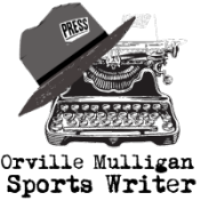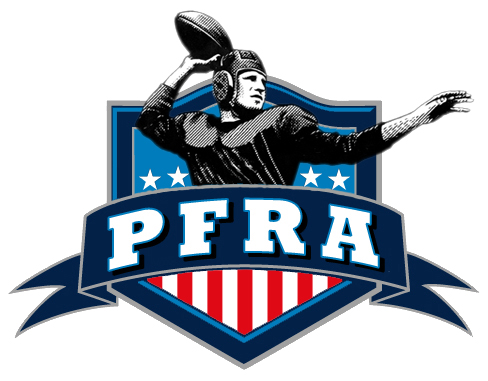Cleats Make Their Mark
"Cleats Make Their Mark"
April 29, 1927 - John T. Riddell and his fledgling new Riddell Company developed the first football cleat.
John T. Riddell's legacy in the realm of sports equipment, particularly football, is profound and enduring. His journey from a high school mathematics teacher and coach to the founder of a pioneering sporting goods company is a testament to his ingenuity, perseverance, and commitment to enhancing athletic performance and safety.
Born in 1885, John T. Riddell's early career was rooted in education. He taught mathematics and served as the Head Football Coach and Athletic Director at Evanston Township High School in Evanston, Illinois, from 1913 to 1927. This hands-on experience with student-athletes provided him with invaluable insights into the challenges and needs of athletes, particularly in the demanding sport of football.
During his time at Evanston Township High School, Riddell identified a significant problem with the football equipment of the era. Football shoes were equipped with leather cleats that were nailed to the sole. This design presented a major inconvenience: changing cleats to suit different weather conditions required the services of a cobbler. In inclement weather, athletes needed longer cleats for better traction, but the process of changing them was time-consuming and cumbersome. Riddell's high school team and Northwestern University shared the same shoe smith. This often resulted in Riddell's players not having their shoes ready, with the correct cleats, by game time.
In response to this challenge, Riddell conceived the idea of removable cleats around 1922. This innovation would allow athletes to easily adapt their footwear to changing field conditions without the need for specialized tools or services. Riddell's invention consisted of a system where cleats could be screwed into the sole of the shoe, enabling quick and efficient changes.
However, Riddell lacked the financial resources to mass-produce his groundbreaking invention. Undeterred, he found a solution by partnering with the J.P. Smith Shoe Company to manufacture the shoes. Riddell and his wife then took on the task of installing the posts and cleats themselves, working diligently in the evenings to bring his vision to life.
Riddell continued to teach, coach, and produce his innovative shoes until 1927. The increasing popularity of his product convinced him to dedicate himself fully to manufacturing and distributing his invention. This pivotal decision marked the transition from an educator-inventor to a full-time entrepreneur.
In February 1929, John T. Riddell formally announced the establishment of John T. Riddell, Inc. The company's mission was clear: to create sporting goods that were innovative, provided superior protection, and optimized athletic performance. This philosophy laid the foundation for the company's future success and its enduring impact on the world of sports.
Riddell's initial success with removable cleats paved the way for further innovations. Perhaps his most significant contribution to athletic safety was the development of the first plastic suspension helmet in 1939. This invention revolutionized football head protection, replacing the less effective leather helmets of the time. The plastic suspension helmet provided superior impact absorption and became a standard in football. The U.S. Army adopted the design for their helmets during World War II.
Riddell's commitment to innovation continued throughout his career. His company introduced other key advancements, including improved helmet designs, facemasks, and other protective gear. These innovations have significantly reduced the risk of injuries and improved the safety of athletes at all levels of competition.
John T. Riddell's legacy extends far beyond his individual inventions. He established a company culture centered on continuous improvement, scientific research, and a deep understanding of athletes' needs. This culture has enabled the Riddell Company to remain at the forefront of sports equipment technology for decades.
Today, Riddell is synonymous with football, and is a leading designer, developer and supplier of football helmets, protective sports equipment, and related accessories. The company's products are used by athletes at all levels, from youth leagues to the National Football League. Riddell's ongoing commitment to research and development ensures that its products continue to evolve, providing athletes with the best possible protection and performance.
In conclusion, John T. Riddell's story is one of innovation, dedication, and a relentless pursuit of excellence. His invention of the removable cleat and his pioneering work in helmet technology transformed the landscape of sports equipment and made the game of football safer. The company he founded continues to uphold his vision, driving advancements in athletic gear and ensuring that athletes can perform at their best while minimizing the risk of injury.
- HASHTAGS: #Equipment #April29
- COLLEGE FOOTBALL: Equipment
- EVENTDAY: April 29
- FOOTBALL: Equipment




